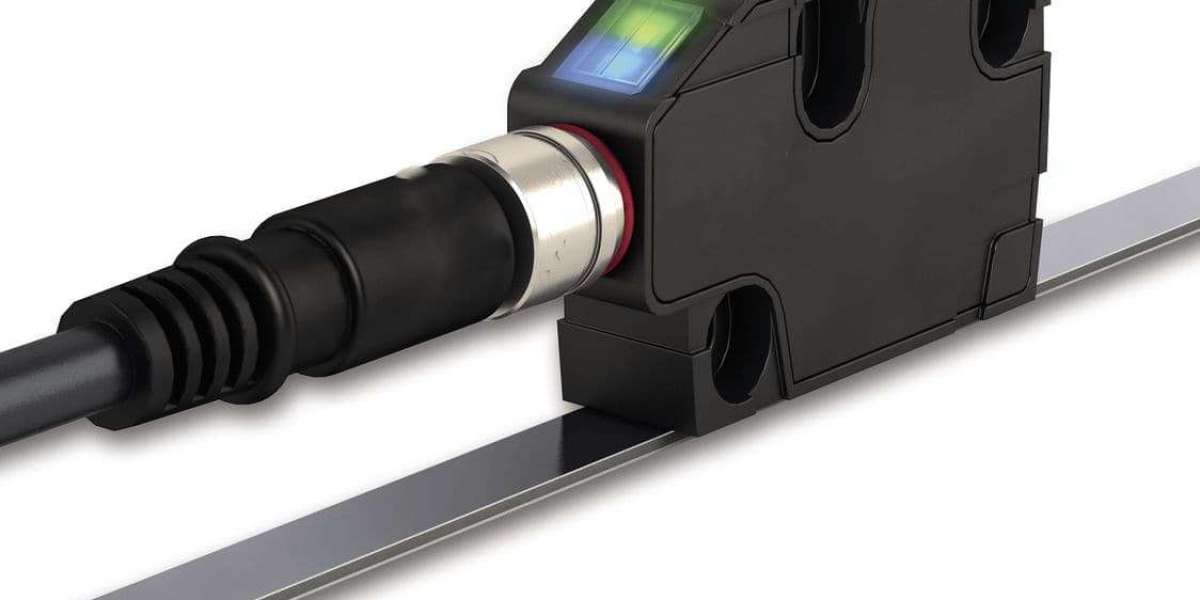The cost of solar panel installation in the Philippines varies significantly based on system size, panel type, and installation complexity. Here’s a comprehensive guide to understanding the costs and factors involved.
Solar Panel Costs
The cost of solar panels in the Philippines varies depending on efficiency and application. For individual panels, a standard 300 Wp solar panel starts at Php 7,068, while high-efficiency models can go up to Php 42,412 per unit. When calculating per kilowatt, residential solar panels typically range from Php 30,000 to Php 50,000 per kW, depending on the brand and quality. Commercial solar panels, designed for larger-scale energy needs, are relatively more affordable, with costs ranging from Php 20,000 to Php 30,000 per kW.
These price variations highlight the importance of choosing the right type of solar panel based on energy consumption and budget. Investing in solar panels offers long-term savings on electricity bills while promoting sustainability. Whether for residential or commercial use, the upfront cost of solar energy is offset by reduced reliance on traditional power sources, making it a cost-effective and eco-friendly solution in the long run.
Installation Costs
Switching to solar energy is a smart investment for homeowners and businesses looking to cut electricity costs. For smaller households with an average monthly bill of Php 12,000, a 1.6 kWp grid-tied system starts at Php 108,000, providing a budget-friendly way to harness solar power. If you need more energy, a 3.2 kWp system costs around Php 160,000 to Php 180,000, while a 5 kWp setup ranges from Php 240,000 to Php 280,000—ideal for medium-sized homes or small businesses.
For larger energy demands, a 10 kWp system can go up to Php 430,000, offering significant savings in the long run. While the initial investment may seem high, solar energy reduces electricity bills, increases energy independence, and supports sustainability. With various system sizes available, homeowners and businesses can find the perfect solar solution to fit their needs, making the switch to renewable energy both practical and rewarding.
Total Installation Costs
Investing in a full photovoltaic (PV) system can significantly reduce electricity costs while promoting sustainable energy use. The total cost of installation varies depending on system size, components, and energy needs, ranging from Php 150,000 to Php 800,000. For smaller households, a 2 kWp system typically costs between Php 150,000 and Php 210,000, making it a great entry-level option for those looking to cut down on monthly electricity expenses.
Meanwhile, a 4 kWp system, which provides more power for larger homes or small businesses, falls within the Php 300,000 to Php 420,000 range. The cost may seem substantial upfront, but the long-term benefits, such as reduced electricity bills, energy independence, and environmental sustainability, make solar power a worthwhile investment. With various system sizes available, homeowners and businesses can choose an installation that best suits their energy needs, ensuring a cost-effective and eco-friendly power solution for the future.
Key Cost Components
A solar energy system is more than just panels; several key components ensure efficient operation. The inverter plays a crucial role by converting the direct current (DC) generated by solar panels into alternating current (AC), which powers household appliances. A mounting structure is essential for securing the panels, ensuring they remain stable and positioned for maximum sunlight exposure. Wiring and labor costs cover professional installation, electrical connections, and system integration, guaranteeing safe and efficient performance.
Additionally, permits and documentation are necessary for grid-tied systems, ensuring compliance with local regulations and allowing excess energy to be fed back into the grid. While each component adds to the overall cost of installation, they are all vital in creating a reliable and long-lasting solar power system. Investing in quality equipment and professional services ensures homeowners and businesses can enjoy the full benefits of clean, renewable energy while maximizing efficiency and savings.
Factors Influencing Costs
Several factors influence the cost of installing a solar energy system. Panel efficiency and power output play a significant role—higher-efficiency panels with greater wattage produce more electricity but come at a higher price. Investing in premium panels can lead to better long-term savings due to improved energy production. Additionally, the roof type and condition affect installation costs. Complex roof designs, steep angles, or outdated electrical systems may require additional structural work, increasing labor and material expenses.
Another key factor is market demand and supply. Global supply chain disruptions, material shortages, and increasing demand for solar technology can cause price fluctuations, making timing an important consideration when planning an installation. Despite these cost variables, solar energy remains a worthwhile investment, offering reduced electricity bills, energy independence, and environmental benefits. By understanding these factors, homeowners and businesses can make informed decisions to maximize both efficiency and cost savings.
Key Takeaway
Investing in solar energy in the Philippines is a cost-effective and sustainable solution for reducing electricity bills and increasing energy independence. While installation costs vary based on system size, panel efficiency, and installation complexity, the long-term savings and environmental benefits outweigh the initial expenses. Homeowners and businesses can choose from a range of solar panel options to suit their energy needs and budget. Understanding key cost components—such as inverters, mounting structures, and labor—along with market factors like supply and demand, helps in making informed decisions. Despite upfront costs, solar power remains a smart investment, offering financial savings, energy security, and a greener future.








